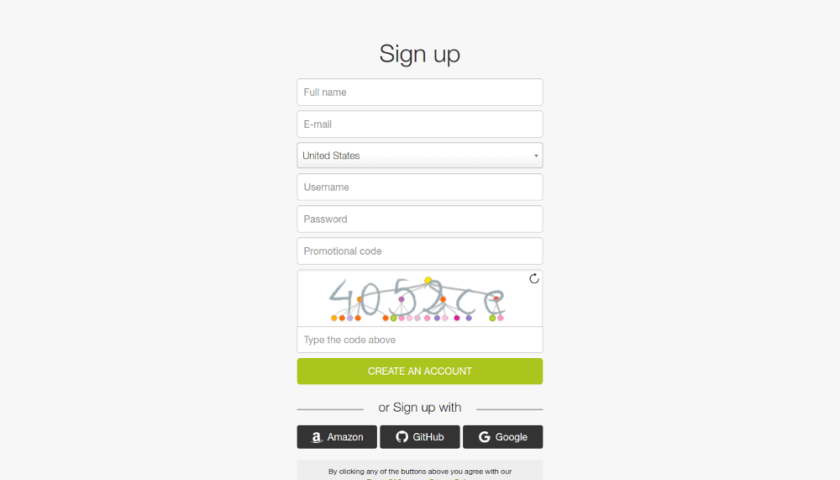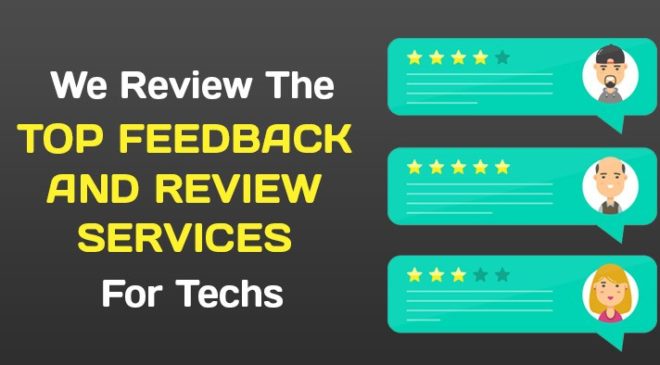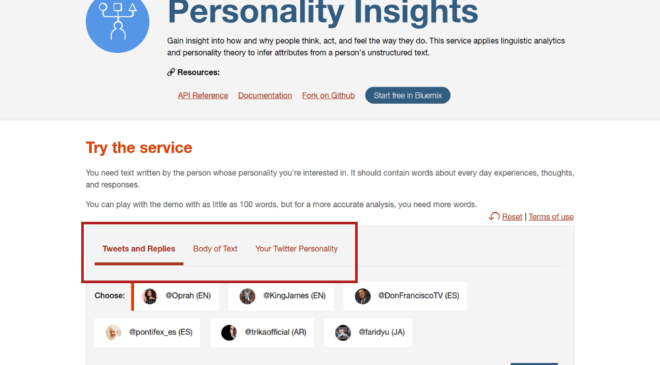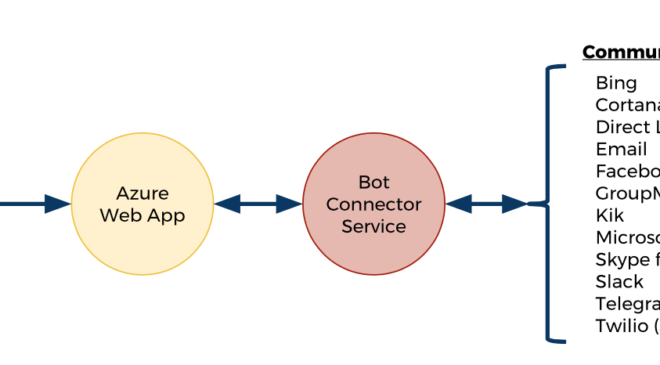No business likes to lose customers.
And today’s business world is more competitive than ever. Your customers have more options — and your competitors can reach them easier than ever before.
So customers are constantly juggling a decision around where to spend their money.
Consequently, developing a strategy to retain customers is now an essential part of any business.
But every customer leaves for different reasons, and an individualized retention campaign can be costly if you apply it to every one of your customers.
However, if you could predict in advance which customers are at risk of leaving, you could reduce those costs by solely directing efforts at folks that are at a high risk of jumping ship.
Fortunately, we can use artificial intelligence — or more specifically, a machine learning platform — to predict when a single customer is likely to leave based on their actions (or inaction). This is often called ‘churn.’
Although churn rate originally started out as a telecom concept, today, it’s a concern for businesses of all shapes and sizes — including startups.
And thanks to a number of cloud-based prediction APIs, accurately predicting churn is no longer exclusive to big businesses with deep pockets.
A.I.-Powered Churn Prediction
Churn prediction is one of the most popular uses for machine learning in business. It’s basically just a way of using historical data to detect customers who are likely to cancel their service in the near future.
In effect, we want to be able to predict an answer to the following question: “Is this particular customer going to leave us within the next X months?”
And of course, there are only two possible answers to that question — yes or no. Easy.
For this guide we’re going to use BigML to make those predictions.
BigML provides a convenient graphical interface for setup, visualization of the data, and the final predictions. Everything is point-and-click — no coding necessary.
So let’s get to it…
Looking for an on ramp?
This is a how-to guide intended for developers and tech-savvy business leaders looking for a proven entry point into A.I.-powered business systems.
And the steps are really easy — it’ll only take a few minutes to run through this.
What You’ll Need
Right off the bat, let’s get the initial requirements knocked out.
Create an BigML account.
If you don’t already have a BigML account, go ahead and set one up.

Simply submit the form and activate your account — the service is free to use for datasets under 16MB (which our dataset is).
Step 1: Create the Dataset
To start, go to your BigML Dashboard.

If you’re signed in, you should see the “Sources” tab.
As a quick aside to help clarify what you’ll see in each tab:
- Sources — view of the raw data sources you have in your account
- Datasets — view of the processed data (from the original source)
- Supervised — view of the supervised models you’ve generated
- Unsupervised — view of the unsupervised models you’ve generated
- Predictions — view of the predictions you’ve made from the models
- Tasks — view of the jobs you’ve run
Click on the “Churn in the Telecom Industry” item. This dataset lists the characteristics of a number of telecom accounts — including features and usage — and whether or not the customer churned.
Next, click on the “1-CLICK DATASET” link. This will — as the name implies — process the raw source data into a properly formatted Dataset so we can start building models from it.

After a few seconds the job will complete and you should see the Datasets tab full of your new Dataset’s attributes and respective statistics.

And that’s it for the Dataset, so let’s start building models.
Step 2: Create the Model
To build your prediction model, click on the “1-CLICK MODEL” link.

After a few seconds the job will complete and you should see the Models tab with a colorful decision tree full of your new model’s decision nodes.

If you mouse-over one of the nodes, you’ll see its respective details.

And that’s it for the model, so let’s start making predictions!
Step 3: Test a Prediction
And now for the fun part.

Click on the “PREDICT” link.
As another quick aside, here’s what each prediction option does:
- PREDICT QUESTION BY QUESTION — the system will ask you a series of questions then make a prediction based on your answers
- PREDICT — provides a screen to adjust each attribute and get an instant prediction
- BATCH PREDICTION — as the name implies, allows you to make predictions for a list versus just one
On the “Predict” screen you can start playing with different parameters to see which thresholds will predict whether a customer will churn or not.

As you adjust each attribute, you’ll an instant update of the prediction — including a score of how confident the system is for that respective prediction (100% = complete confidence, 0% = no confidence).
And that’s it!
What’s Next
You now have a powerful tool to help fine-tune your efforts at keeping your customers. However, this is just the tip of the iceberg. The real fun begins when you upload your own data.
And then all that’s left is for you to tie this service into your existing marketing planner or automation platform and you’ll be off and running.
Be sure to spend some time browsing the different features BigML provides; there’s a long list of useful things you can do — including some nice visualization tools to help drill into your data.
You can dig deeper into BigML’s API — including additional tutorials — in the developer documentation.
Enjoy!
This IT news article was sourced from Gigaom. All content and images in this article are copyright Gigaom.




